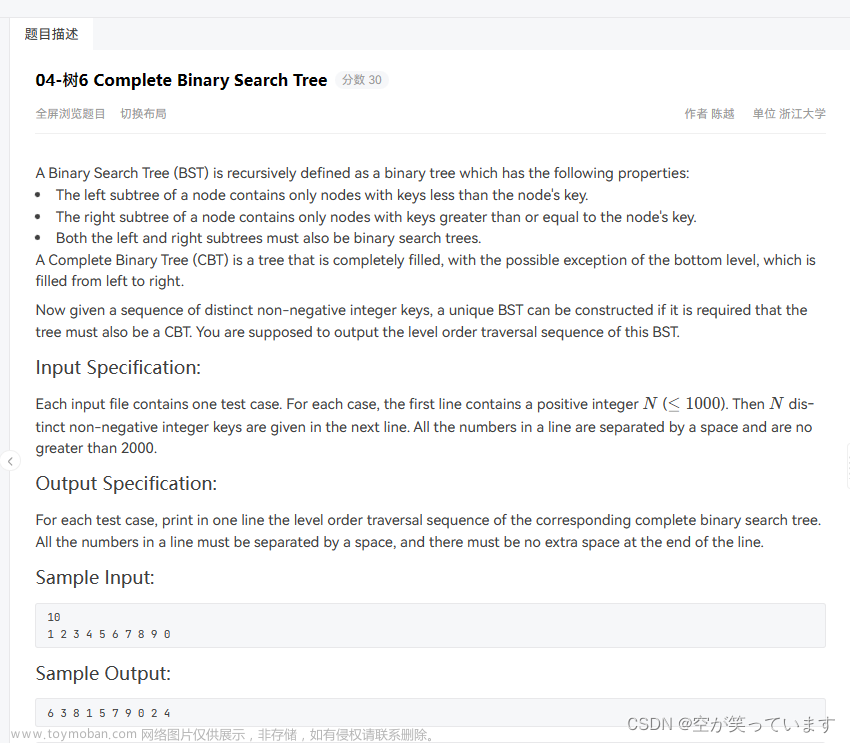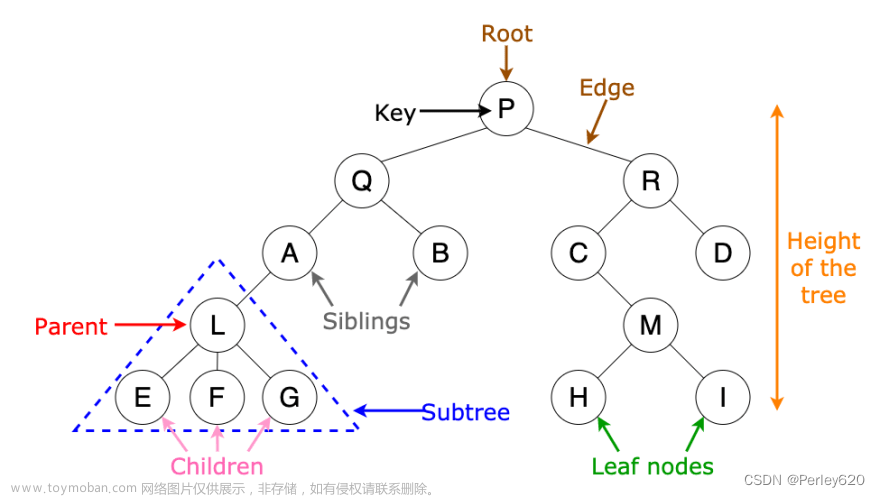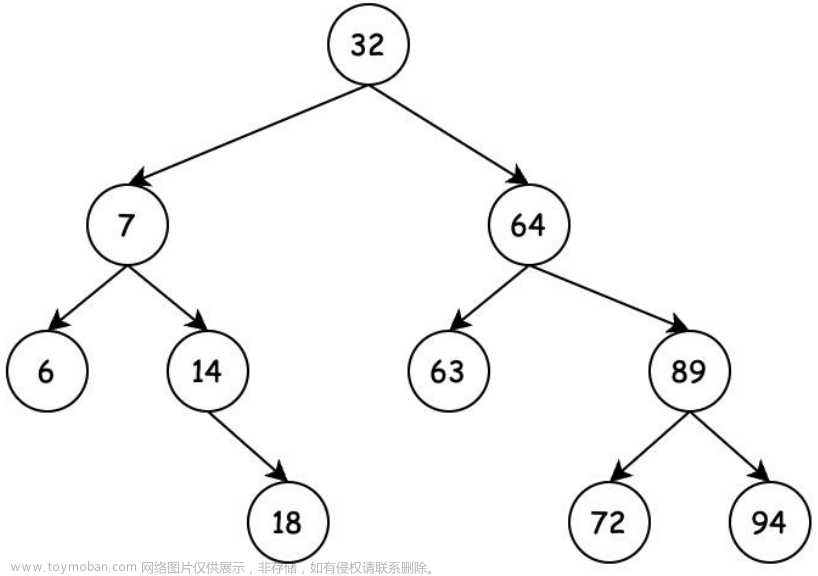- Linked List in Binary Tree
Medium
Given a binary tree root and a linked list with head as the first node.
Return True if all the elements in the linked list starting from the head correspond to some downward path connected in the binary tree otherwise return False.
In this context downward path means a path that starts at some node and goes downwards.
Example 1:
Input: head = [4,2,8], root = [1,4,4,null,2,2,null,1,null,6,8,null,null,null,null,1,3]
Output: true
Explanation: Nodes in blue form a subpath in the binary Tree.
Example 2:
Input: head = [1,4,2,6], root = [1,4,4,null,2,2,null,1,null,6,8,null,null,null,null,1,3]
Output: true
Example 3:
Input: head = [1,4,2,6,8], root = [1,4,4,null,2,2,null,1,null,6,8,null,null,null,null,1,3]
Output: false
Explanation: There is no path in the binary tree that contains all the elements of the linked list from head.
Constraints:
The number of nodes in the tree will be in the range [1, 2500].
The number of nodes in the list will be in the range [1, 100].
1 <= Node.val <= 100 for each node in the linked list and binary tree.
解法1:
这题其实并不容易。要在整个二叉树里面,对每个节点调用helper()函数,用前中后序遍历应该都可以。helper()则是用的分解问题的方法。文章来源:https://www.toymoban.com/news/detail-822298.html
/**
* Definition for singly-linked list.
* struct ListNode {
* int val;
* ListNode *next;
* ListNode() : val(0), next(nullptr) {}
* ListNode(int x) : val(x), next(nullptr) {}
* ListNode(int x, ListNode *next) : val(x), next(next) {}
* };
*/
/**
* Definition for a binary tree node.
* struct TreeNode {
* int val;
* TreeNode *left;
* TreeNode *right;
* TreeNode() : val(0), left(nullptr), right(nullptr) {}
* TreeNode(int x) : val(x), left(nullptr), right(nullptr) {}
* TreeNode(int x, TreeNode *left, TreeNode *right) : val(x), left(left), right(right) {}
* };
*/
class Solution {
public:
bool isSubPath(ListNode* head, TreeNode* root) {
if (!head) return true;
if (!root) return false;
if (helper(head, root)) return true;
return isSubPath(head, root->left) || isSubPath(head, root->right);
}
private:
bool helper(ListNode* head, TreeNode* root) {
if (!head) return true;
if (!root) return false;
if (head->val != root->val) return false;
return helper(head->next, root->left) || helper(head->next, root->right);
}
};
我一开始写成下面这样,但是不对。因为它只调用了一次helper(),如果链表是{2,2,1},而树里面存在一个path{2,2,2,1},结果应该返回true。但这个解法里面,读到第3个2的时候,发现不对,已经没法走回头路了。
应该在整个树里面,对每个节点都调用helper(),用前/中/后序遍历都可以。文章来源地址https://www.toymoban.com/news/detail-822298.html
class Solution {
public:
bool isSubPath(ListNode* head, TreeNode* root) {
origHead = head;
origRoot = root;
helper(head, root);
return gPathExist;
}
private:
bool gPathExist = false;
TreeNode *origRoot = NULL;
ListNode *origHead = NULL;
void helper(ListNode *head, TreeNode *root) {
if (!head) {
gPathExist = true;
return;
}
if (!root || gPathExist) return;
if (root->val == head->val) {
helper(head->next, root->left);
helper(head->next, root->right);
} else {
if (root == origRoot) {
helper(origHead, root->left);
helper(origHead, root->right);
} else if (head != origHead) {
helper(origHead, root);
helper(origHead, root);
}
}
}
};
到了这里,关于Leetcode 1367. Linked List in Binary Tree (二叉树好题)的文章就介绍完了。如果您还想了解更多内容,请在右上角搜索TOY模板网以前的文章或继续浏览下面的相关文章,希望大家以后多多支持TOY模板网!













